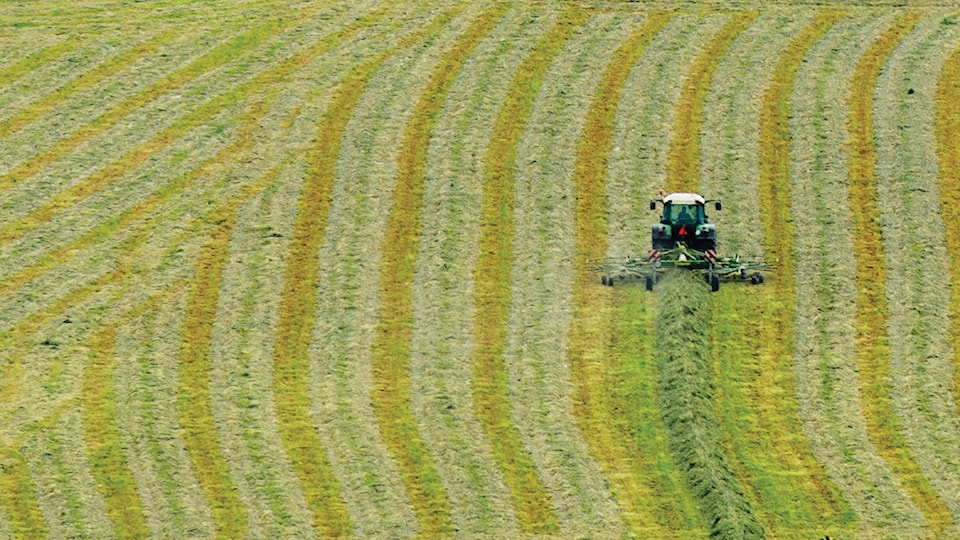If you keep doing the same thing and expect different results you are probably delusional.
I am paraphrasing Einstein. But what did he know? Enough to set some scientists on a path that could threaten the earth with another great “Big Bang.”
If your ranch doesn’t make money, then you can’t just keep doing the same thing and expect that it will. Something just has to change.
The changes you make might not solve all the problems overnight, but the changes that don’t work will at least rule out some of the options and maybe bring focus to solutions that do work.
Last week I wrote about the hope and determination young people in farming have. I remember, of course, all the things that went wrong over our decades in the business.
Read More: Ranching students inspired to dream big into the next generation
Young people have not had time to make the mistakes yet.
There are times when the mistakes of the pioneers in something have been analyzed and new prescriptions are formulated and presented as advice.
One such formulation has appeared in the last six months or so in a book published in 2017.
Gabe Brown, from a North Dakota ranch, wrote Dirt to Soil: One Family’s Journey into Regenerative Agriculture.
After four years of crop failures, he finally began to build his topsoil as the source of production and profit.
He did not think he could sustain his ranch if it was unprofitable and the soil unhealthy.
In his introduction he sets out the five principles of soil health.
The first is Limited Disturbance.
The author says one must limit mechanical, chemical and physical disturbance of the soil. Tillage destroys soil structure which houses the living organisms which create the natural fertility and allows water to infiltrate.
The second is Armour. Soil needs to be covered all the time. Bare soil is unnatural. Cover keeps erosion at bay.
The third is Diversity. This is diversity of plant and animal species. Different species thrive on one another.
The fourth is Living Roots. Living roots, kept for as long as possible, keep feeding soil biology its basic food which is carbon. Growing things late into the fall and beginning early in the spring is the objective.
The fifth principle of soil health is Integrating Animals. Gabe Brown says: “Nature does not function without animals.”
For example, the grazing of plants stimulates them to pump more carbon into the soil which in turn drives nutrient cycling by feeding biology.
Read More: Hopes for the New Year, beyond dirt: Ranch Musing
This book builds the program one rancher and his family undertook to return to profitability. It took many years to get where he is today, and he did it by doing things differently.
He dared to go against everything he was taught in agriculture school. He dared to measure his results and learn from his mistakes.
He has become the champion of using cover crops to build fertility and make a living soil from mere physical dirt.
Soil to produce the food we eat, involves a long unbroken chain of activities from the soil microbiology to the plants and animals we eat.
The farmers and ranchers in that chain must not be constrained by the handcuffs of outdated and destructive cultural practices on the land.
David Zirnhelt is a rancher and member of the Cariboo Cattlemen’s Association. He is also chair of the Advisory Committee for the Applied Sustainable Ranching Program at TRU.
